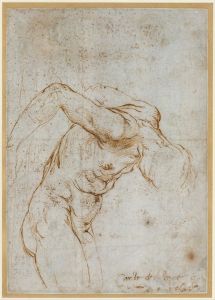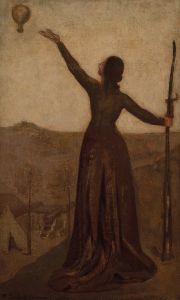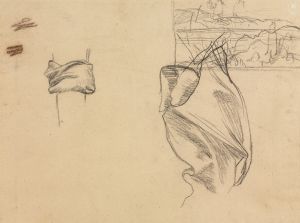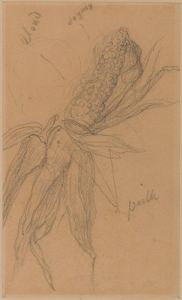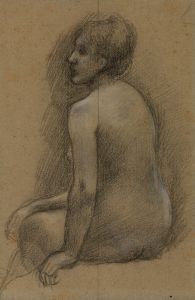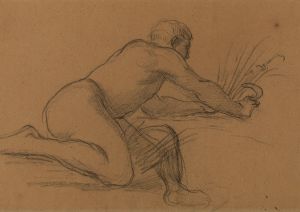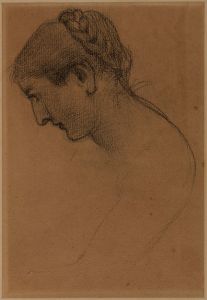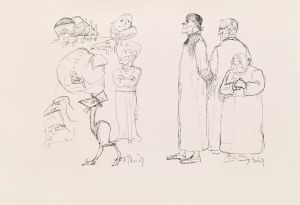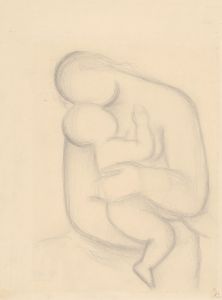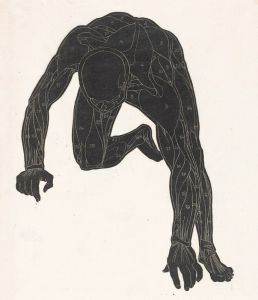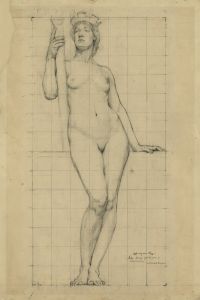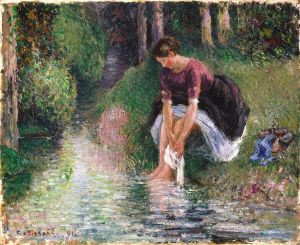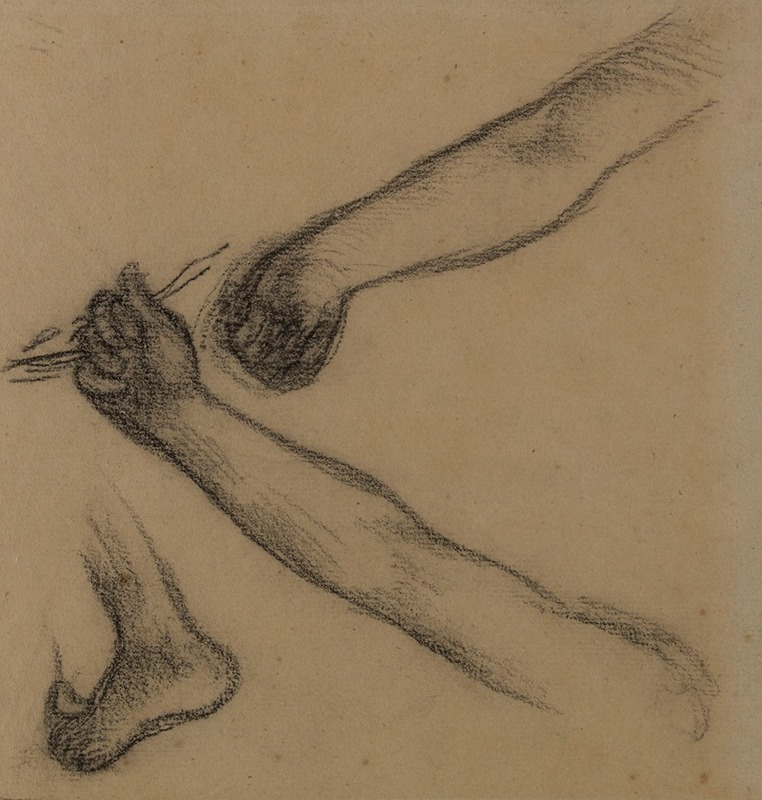
Etude de bras et de pieds
A hand-painted replica of Pierre Puvis de Chavannes’s masterpiece Etude de bras et de pieds, meticulously crafted by professional artists to capture the true essence of the original. Each piece is created with museum-quality canvas and rare mineral pigments, carefully painted by experienced artists with delicate brushstrokes and rich, layered colors to perfectly recreate the texture of the original artwork. Unlike machine-printed reproductions, this hand-painted version brings the painting to life, infused with the artist’s emotions and skill in every stroke. Whether for personal collection or home decoration, it instantly elevates the artistic atmosphere of any space.
Pierre Puvis de Chavannes, a prominent 19th-century French painter, is widely recognized for his contributions to the Symbolist movement and his large-scale mural works. Among his lesser-known works is Étude de bras et de pieds (Study of Arms and Feet), a preparatory drawing that reflects his meticulous approach to anatomy and composition. This piece is an example of Puvis de Chavannes’ dedication to studying the human form, a practice that underpinned his ability to create harmonious and idealized figures in his larger works.
The drawing, as the title suggests, focuses on detailed studies of arms and feet, showcasing Puvis de Chavannes’ skill in rendering anatomical accuracy. Such studies were common among academic painters of the 19th century, who often relied on preparatory sketches to refine their understanding of proportion, movement, and structure. These exercises were essential for artists working in the academic tradition, as they sought to achieve a balance between naturalism and idealization in their finished compositions.
While Étude de bras et de pieds is not as widely discussed or exhibited as Puvis de Chavannes’ monumental murals, it provides valuable insight into his artistic process. The work likely served as a preparatory study for one of his larger projects, though specific connections to a particular painting or mural remain undocumented. The drawing exemplifies the artist’s disciplined approach to his craft, as well as his commitment to mastering the fundamentals of figure drawing.
Pierre Puvis de Chavannes is best known for his murals in public spaces, such as the Panthéon in Paris and the Museum of Fine Arts in Lyon. His work often features allegorical themes, subdued color palettes, and a sense of timeless serenity. While Étude de bras et de pieds does not carry the symbolic or narrative weight of his finished works, it is a testament to the rigorous preparation that underpinned his artistic achievements.
The current location of Étude de bras et de pieds is not widely documented, and it is unclear whether it resides in a public collection, private ownership, or remains part of an archive of the artist’s studies. Despite its relative obscurity, the drawing remains an important piece for understanding Puvis de Chavannes’ methodology and his dedication to the study of the human form.





